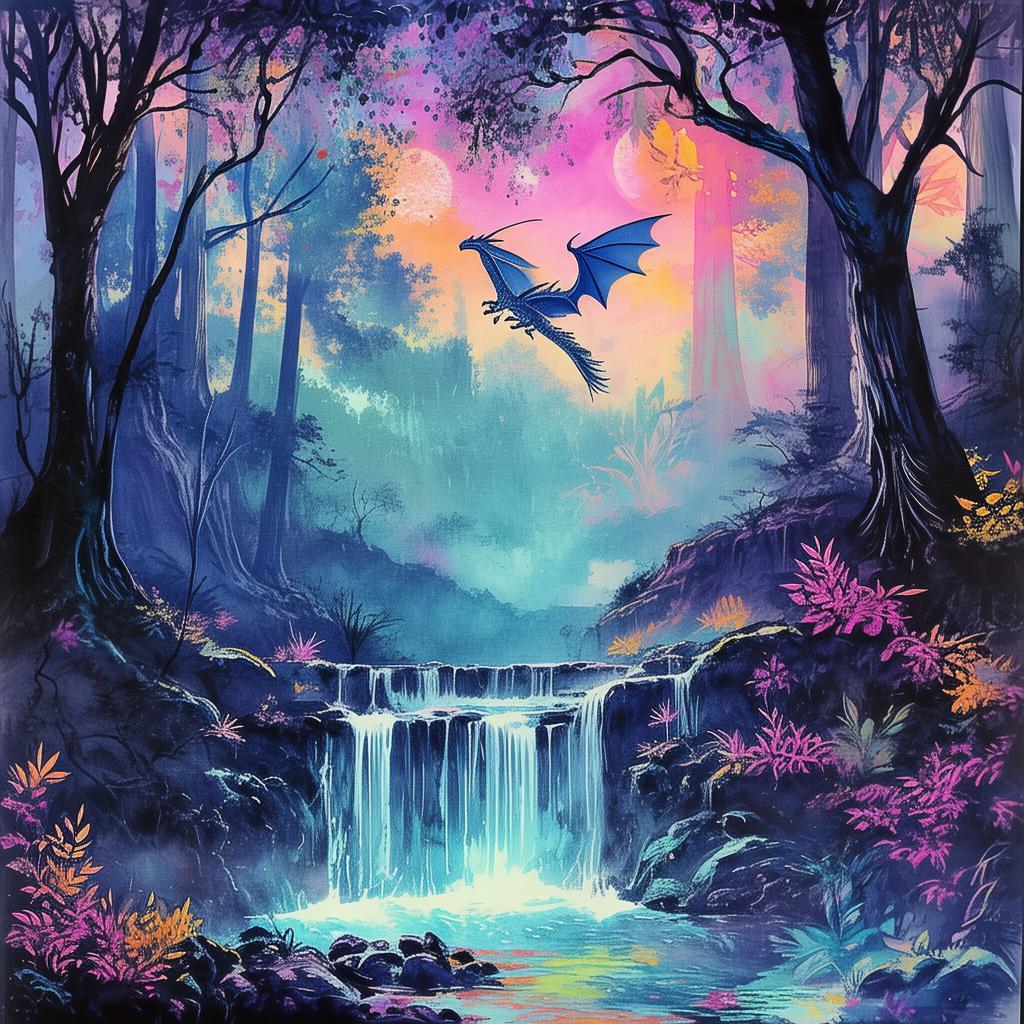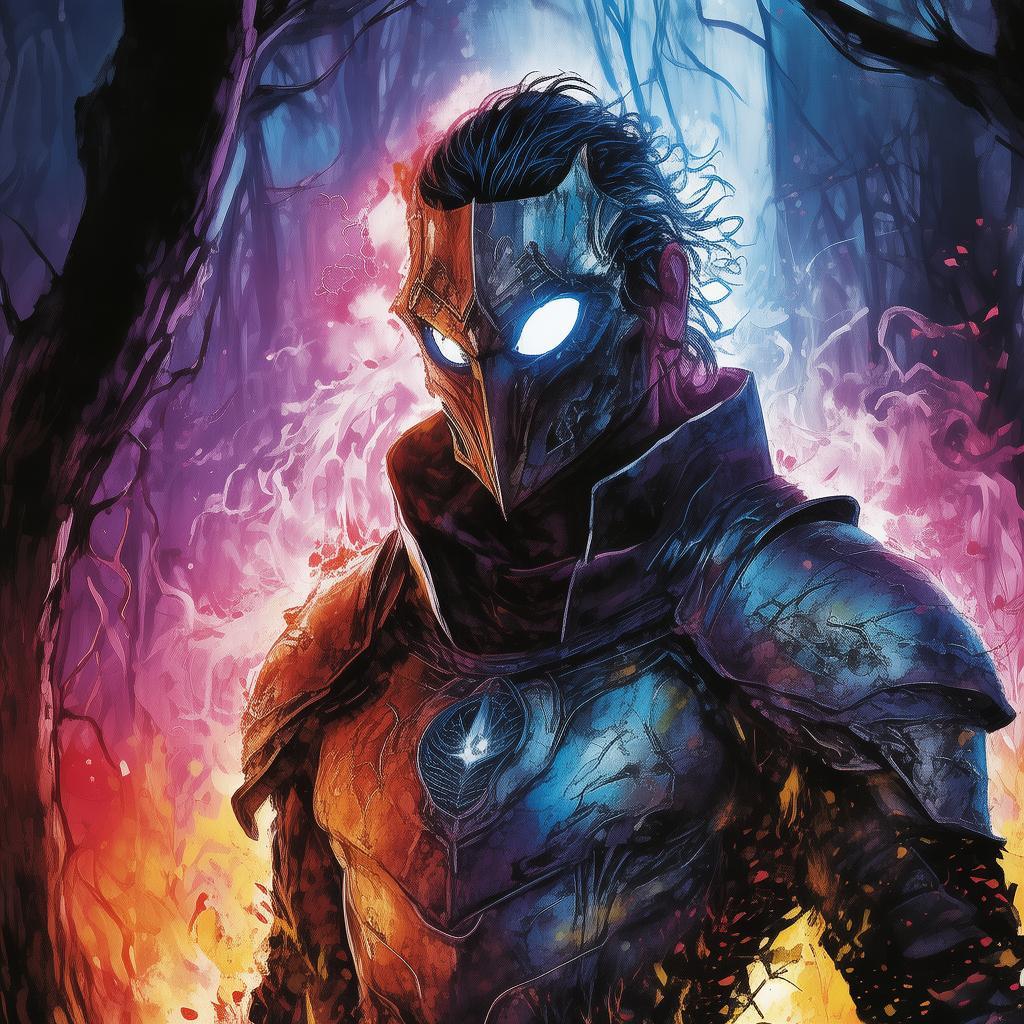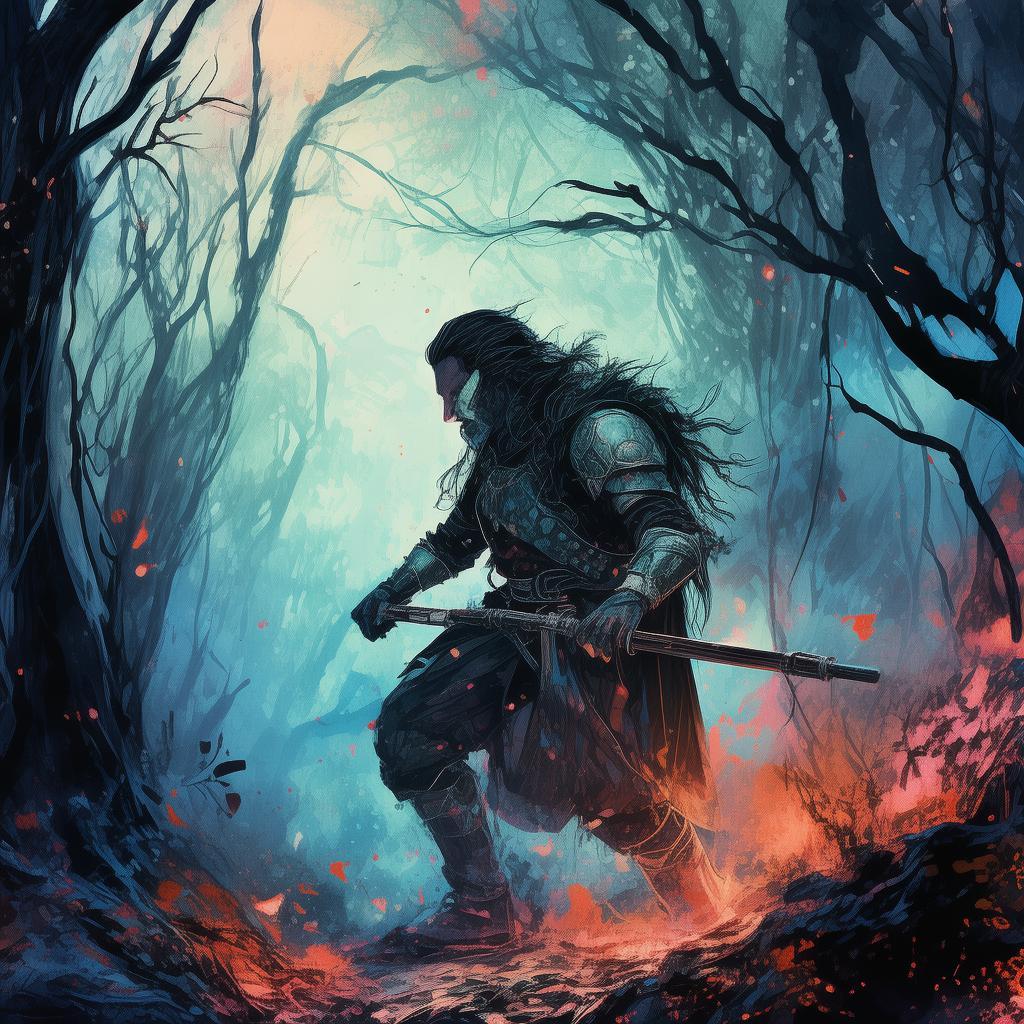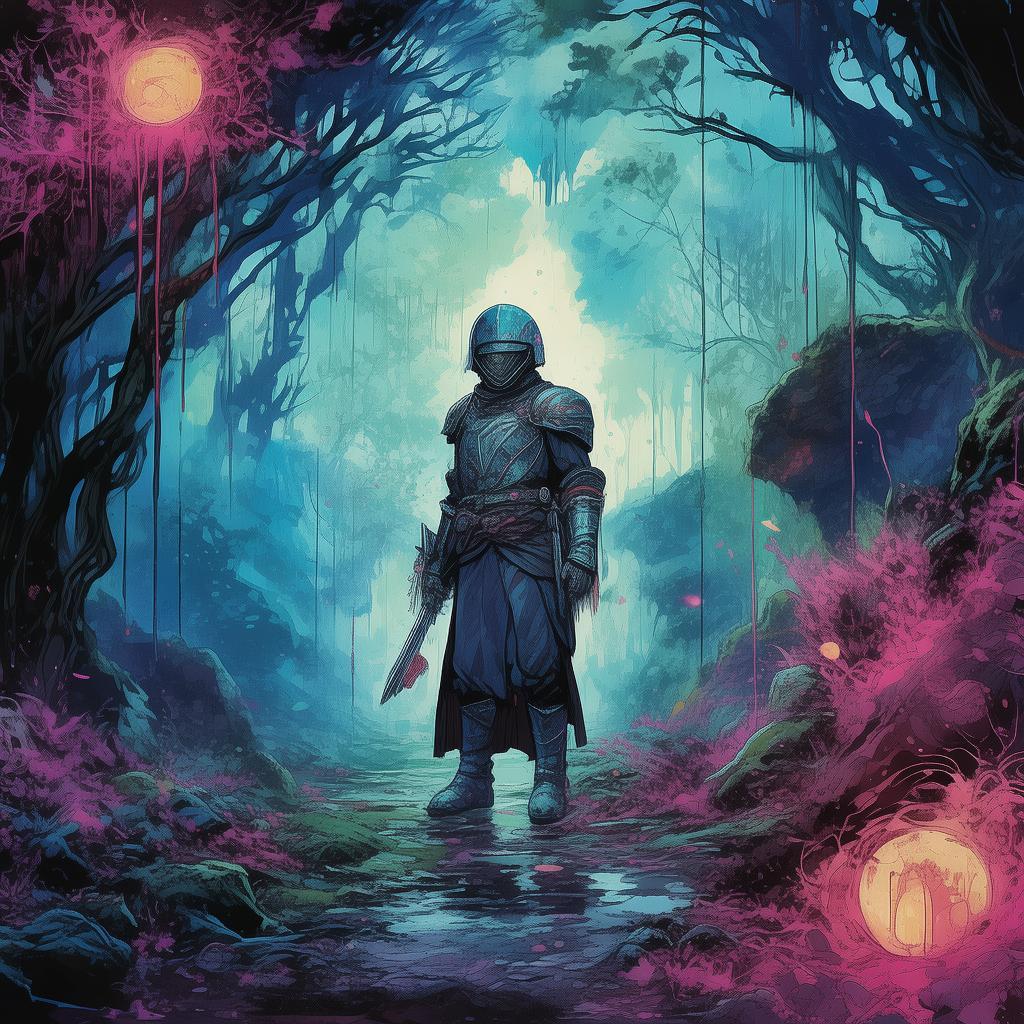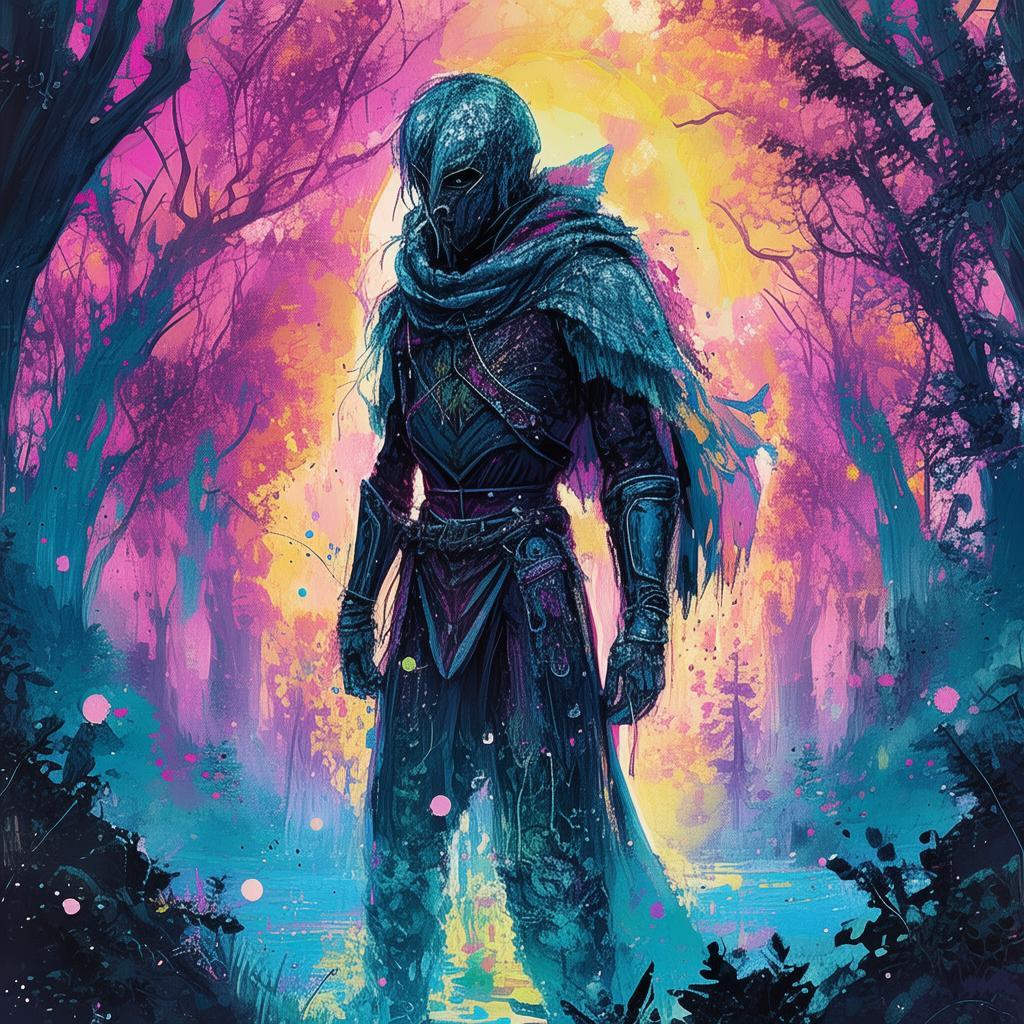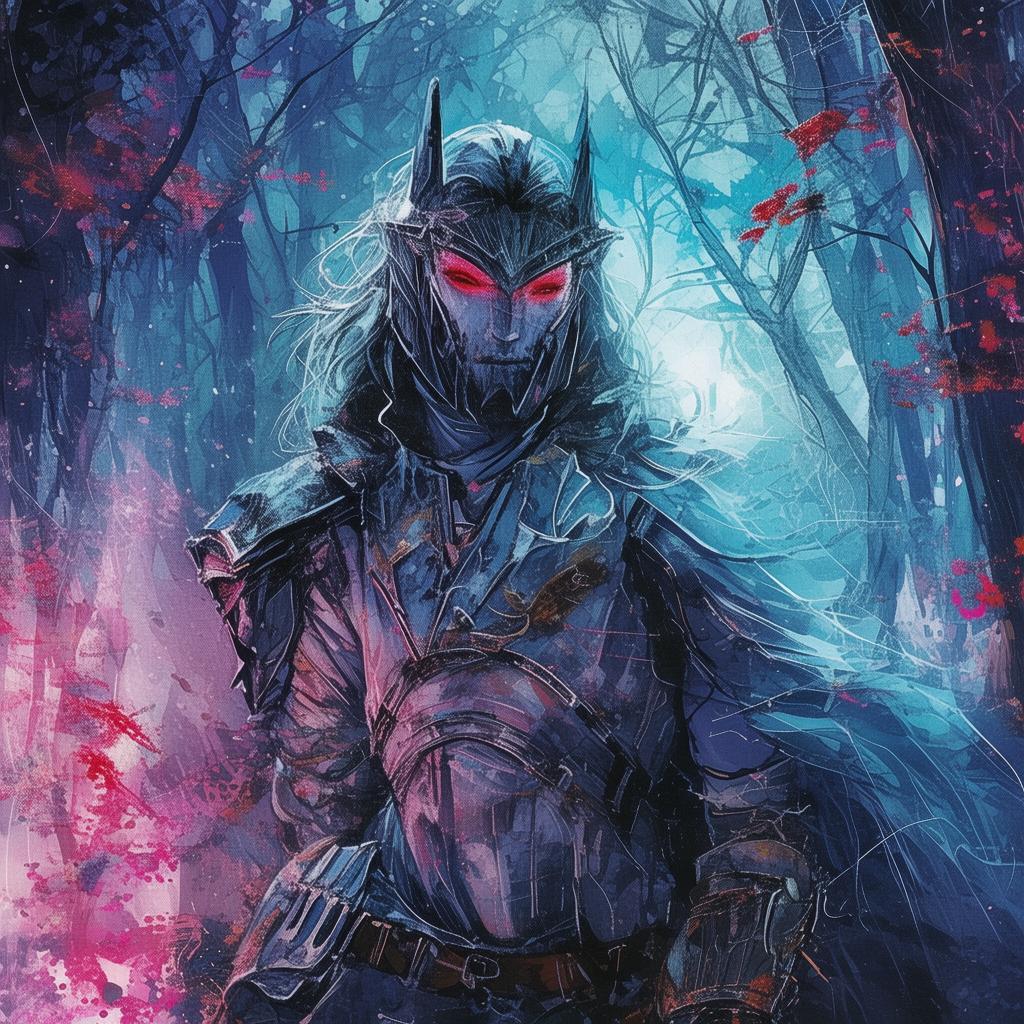The Monk's Hourglass: A Timeless Conundrum
In the heart of the ancient city of Chang'an, where the past and present intertwined like the threads of a tapestry, there lived a monk named Kuan Yin. His life was simple, his mind was serene, and his heart was filled with a deep, unspoken longing for the world beyond the walls of his temple. It was during a meditation session that Kuan Yin first encountered the White Horse, a creature of legend, said to be the guardian of time and destiny.
The White Horse was not like any horse Kuan Yin had ever seen. It was a majestic creature, with a coat of white as pure as snow and eyes that held the secrets of the universe. The White Horse spoke to Kuan Yin, its voice a whisper that carried the weight of the ages, "Monk, your time is upon you. You must embark on a journey to restore balance to the hourglass of time."
Kuan Yin looked down at the hourglass in his hand, a simple device of sand and glass, yet it held the key to the fabric of reality. The hourglass was not ordinary; it was a sacred artifact, a tool of the ancient ones, used to measure the passage of time. But now, the sands were flowing unevenly, the past and future merging into a chaotic whirlwind.
The monk understood his mission. He must travel through time, to the moment when the hourglass was first created, to fix the imbalance. With the White Horse by his side, Kuan Yin set out on his journey.
The first stop was the era of the Han Dynasty, a time of great prosperity and enlightenment. There, Kuan Yin met a young inventor named Zhang Heng, who was crafting a new hourglass. "Monk, you must fix this," Zhang Heng said, handing Kuan Yin the hourglass. "It is crucial for the future."
Kuan Yin nodded and set to work, his ancient wisdom guiding his hands. But as he worked, the sands began to flow erratically once more. The monk realized that the problem was not with the hourglass itself, but with the very flow of time.
The next stop was the Tang Dynasty, a time of great cultural and artistic achievement. Kuan Yin encountered a young poet named Li Po, who was struggling to express the beauty of time in his verses. "Monk, time is a river that flows both ways," Li Po said. "You must understand its essence to fix the hourglass."
Kuan Yin pondered Li Po's words and realized that the hourglass was a symbol of the cyclical nature of time. The past, present, and future were all connected, and to fix the hourglass, he must restore that connection.
The monk's journey continued, taking him to the Ming Dynasty, where he met a wise emperor who spoke of the importance of harmony between man and nature. "Monk, the hourglass is a reflection of the balance between the material and the spiritual worlds," the emperor said. "You must find the key to that balance."
Kuan Yin traveled through time, each era teaching him a new lesson, each person giving him a piece of the puzzle. But the hourglass remained a riddle, a conundrum that seemed impossible to solve.
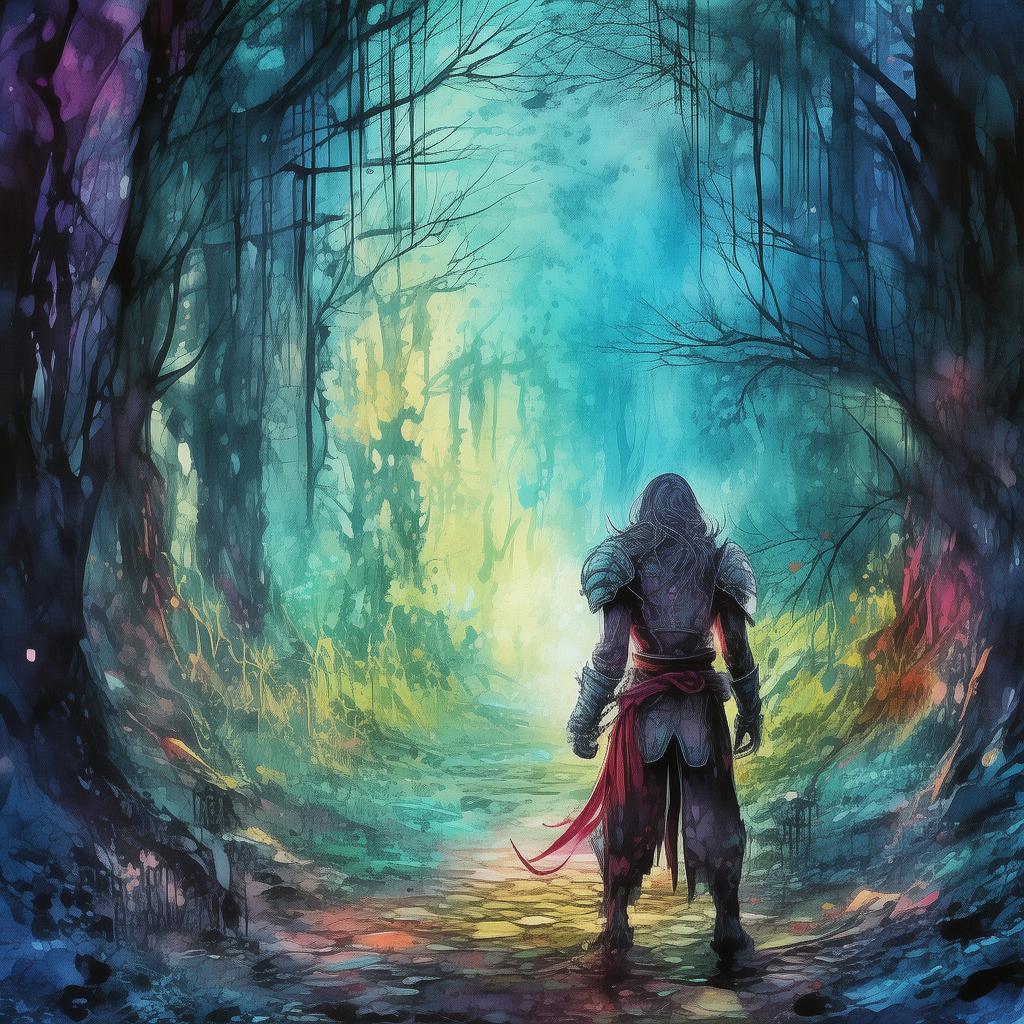
Finally, the monk arrived at the present day, where he found a young scientist named Dr. Wang, who was working on a new theory of time. "Monk, time is not linear, but a web of interconnected moments," Dr. Wang said. "You must see the hourglass as a whole, not just a device."
With Dr. Wang's words echoing in his mind, Kuan Yin looked at the hourglass once more. He realized that the key to fixing the hourglass was not in the device itself, but in understanding the interconnectedness of time.
The monk closed his eyes and visualized the flow of time, the past, present, and future intertwining like the strands of a tapestry. He reached out and touched the hourglass, his ancient wisdom and the modern knowledge of Dr. Wang merging into a single force.
The sands of the hourglass began to flow evenly, the past and future aligning once more. The White Horse, now a figure of light and shadow, nodded in approval. "You have done well, Monk," it said. "The balance has been restored."
Kuan Yin opened his eyes and looked at the White Horse, his heart filled with gratitude. "Thank you," he said. "I have learned much on this journey."
The White Horse turned and disappeared into the fabric of time, leaving Kuan Yin alone with the hourglass. He knew that his journey was far from over, but he also knew that he had found the key to understanding the flow of time.
The monk returned to his temple, the hourglass in his hand a symbol of the balance he had restored. He meditated deeply, his mind clear and his heart at peace. In that moment, he understood that time was not a river to be crossed, but a garden to be explored.
And so, the legend of the Monk's Hourglass was born, a tale of time, wisdom, and the eternal journey of the soul.
✨ Original Statement ✨
All articles published on this website (including but not limited to text, images, videos, and other content) are original or authorized for reposting and are protected by relevant laws. Without the explicit written permission of this website, no individual or organization may copy, modify, repost, or use the content for commercial purposes.
If you need to quote or cooperate, please contact this site for authorization. We reserve the right to pursue legal responsibility for any unauthorized use.
Hereby declared.
